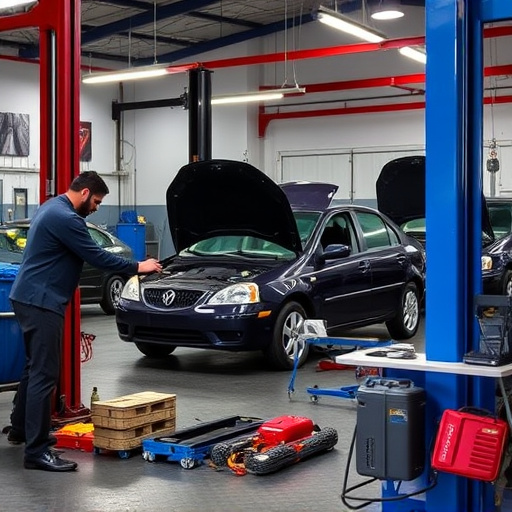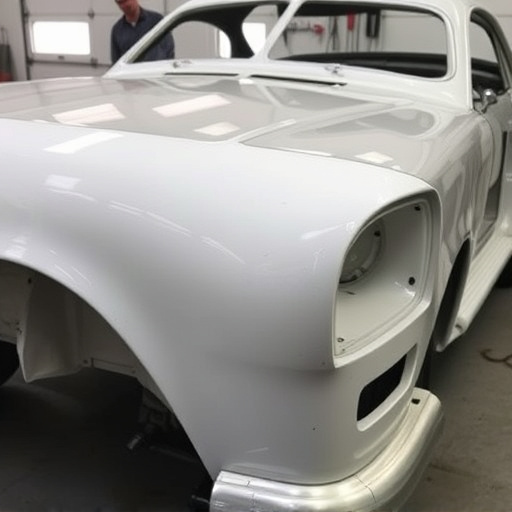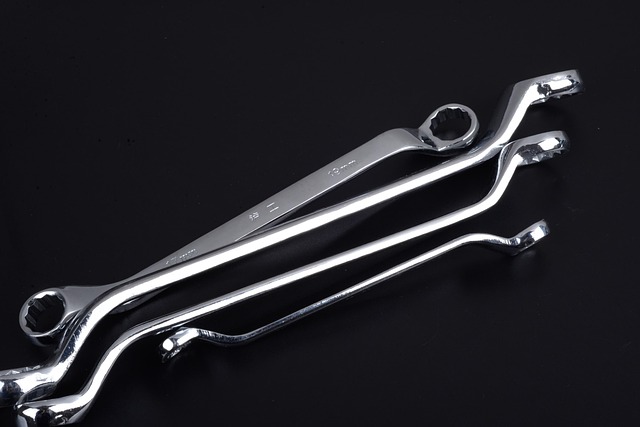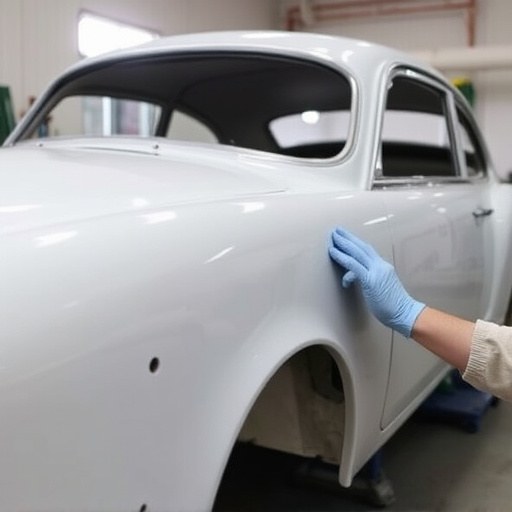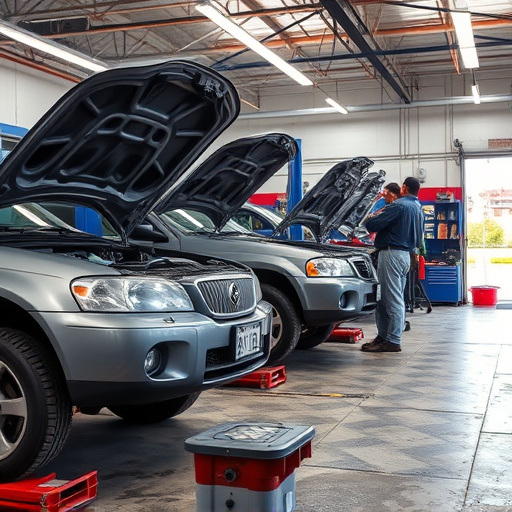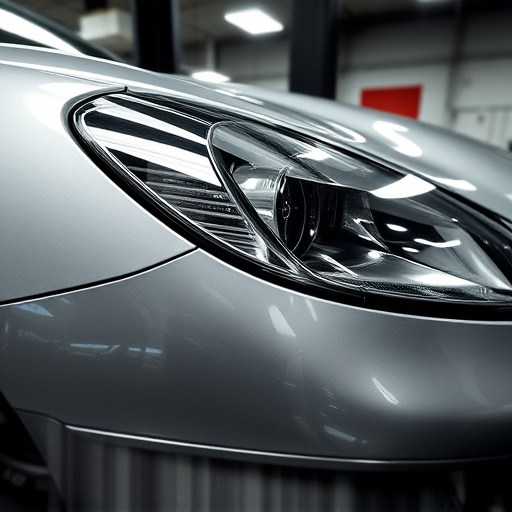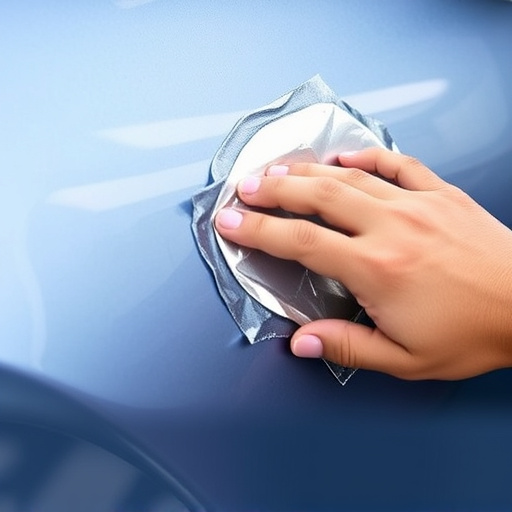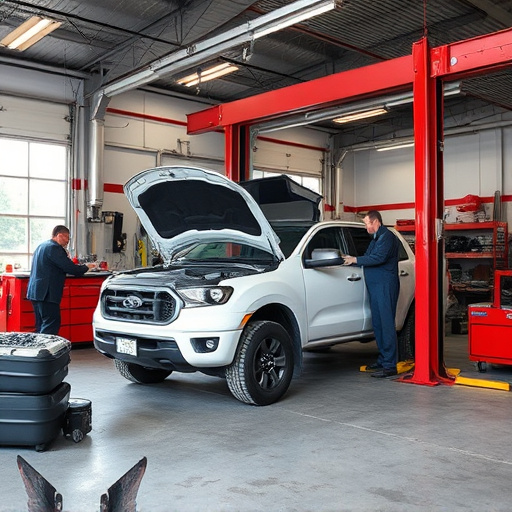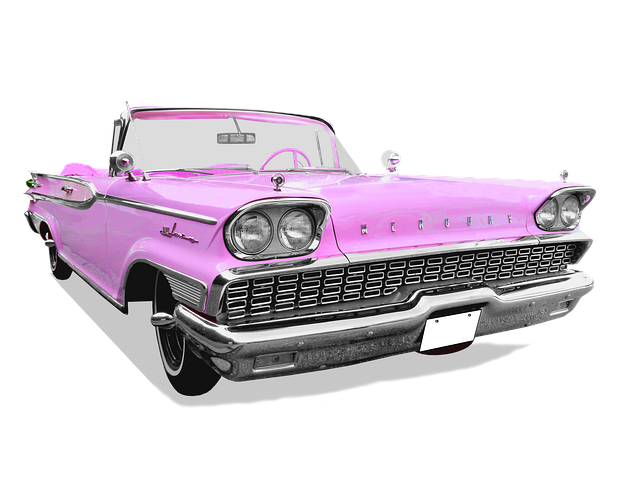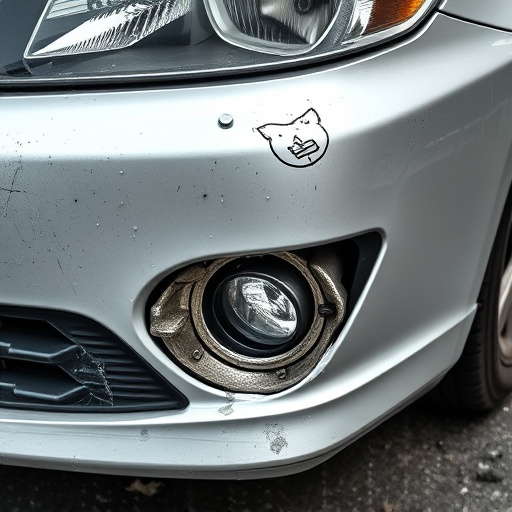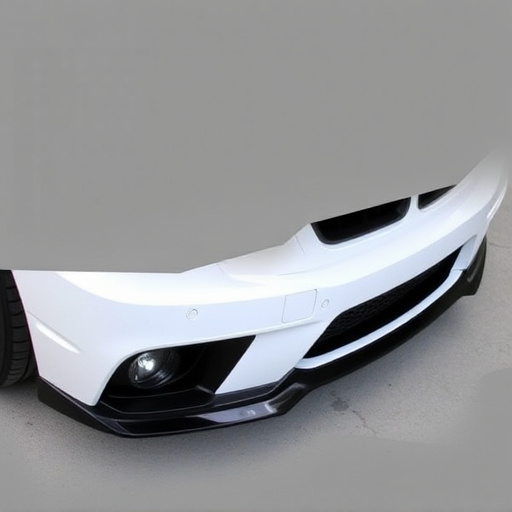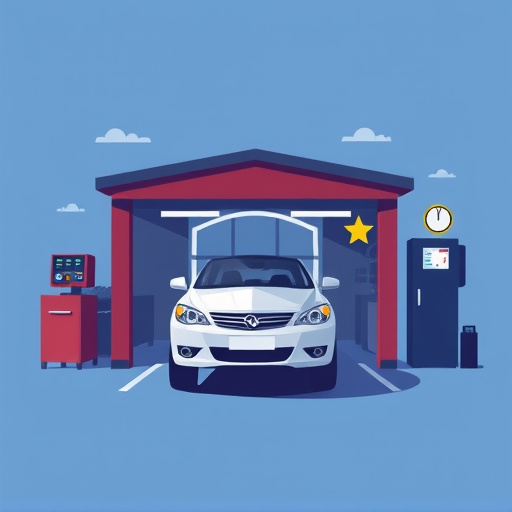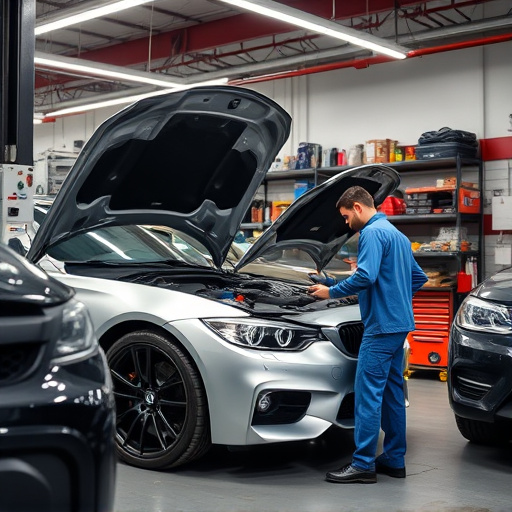Dent repair techniques have evolved with advanced tools and methods ranging from manual for minor dents to machine-based systems for complex cases. Key techniques include Paintless Dent Repair (PDR) and traditional painting. Customers, armed with online knowledge, have high expectations regarding quality, speed, and affordability. To meet these expectations, repairs must balance visual aesthetics with structural integrity, utilizing advanced tools like 3D scanning and CAD software. Complementary services enhance vehicle safety and performance post-repair.
In today’s market, matching expectations with actual results is paramount, especially in dent repair services. This article explores the critical intersection of dent repair techniques and customer satisfaction. We delve into the basics of various dent repair techniques, analyze customer perspectives on their expectations, and provide a framework for assessing repair quality standards to ensure consistent, high-quality outcomes. By understanding these key aspects, businesses can enhance client relationships and build trust in their dent repair services.
- Understanding Dent Repair Techniques: The Basics
- Matching Expectations: Customer Perspectives
- Actual Results: Assessing Repair Quality Standards
Understanding Dent Repair Techniques: The Basics
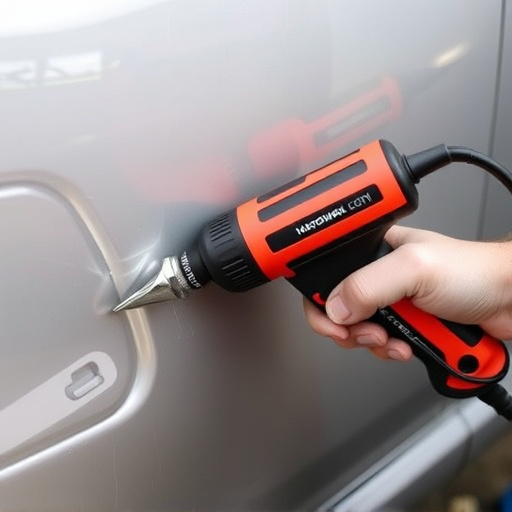
Dent repair techniques have evolved significantly over the years, offering a range of options to restore vehicle aesthetics and structural integrity. The process begins with careful assessment and classification of the dent or damage. This involves identifying the extent of the impact, whether it’s a minor bump or a significant collision, as each requires a tailored approach. Techniques vary from simple hand tools for smaller dings to advanced machine-based systems for more complex repairs.
One common method is the PDR (Paintless Dent Repair) technique, which involves using specialized tools to gently push and pull damaged areas back into place without damaging the car’s paintwork. This non-invasive approach is often preferred for its cost-effectiveness and minimal impact on the vehicle’s overall value. Other methods include traditional painting and repainting services, ideal for more extensive repairs or when matching original factory finishes is crucial, as offered by many auto repair services. Car dent removal techniques thus cater to a spectrum of needs, ensuring that expectations are met with precise and professional results.
Matching Expectations: Customer Perspectives
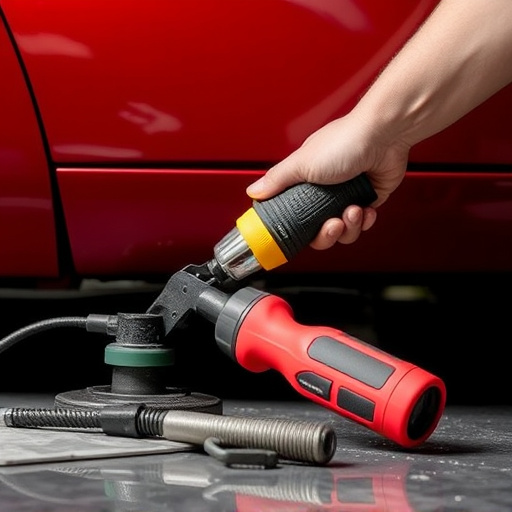
When it comes to dent repair techniques, customer expectations play a pivotal role in shaping their overall satisfaction with the service. In today’s world, where information is readily available, customers often approach auto body repair shops with a clear idea of what they expect from these services. They have seen before-and-after photos, understood various dent repair processes, and even compared prices online. This knowledge can set high expectations regarding the quality, speed, and affordability of dent repair services.
Matching these expectations is crucial for maintaining customer trust and loyalty. Automotive repair shops need to ensure that their marketing materials accurately represent what they offer. For instance, if a shop promotes fast turnaround times, customers will expect swift service when dropping off their vehicles. Similarly, for auto glass replacement, clear communication about the quality of glass used and the efficiency of the replacement process can significantly impact customer satisfaction. Effective communication and transparency are key to aligning customer expectations with the actual results delivered through dent repair techniques.
Actual Results: Assessing Repair Quality Standards
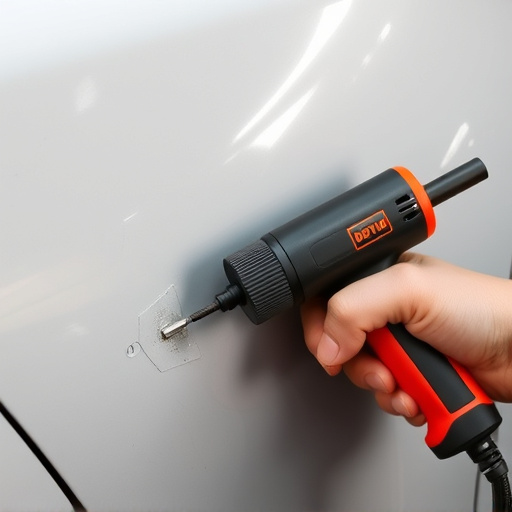
When assessing the actual results of dent repair techniques, it’s crucial to move beyond visual appearances and delve into the quality standards that have been met. Beyond straight lines and seamless finishes, effective dent repair ensures structural integrity, preserving the car body’s safety and resilience. This involves rigorous testing to verify the strength of repairs, particularly in areas like panel joints and edges where weaknesses can be more pronounced.
Professional car body repair services employ advanced tools and techniques to measure and ensure precision. Tools such as 3D scanning and computer-aided design (CAD) software allow for exact measurements, identifying even minute discrepancies that could impact performance over time. This meticulous approach guarantees that the repaired area functions as an integral part of the vehicle’s structure, aligning with industry standards and customer expectations. Moreover, considering complementary services like tire services can further enhance overall vehicle health and safety, ensuring all components work harmoniously after a dent repair.
Dent repair techniques have evolved to meet the high expectations of modern consumers. By understanding customer perspectives and assessing repair quality standards, professionals can ensure that actual results align with initial expectations. Utilizing advanced tools and methods allows for precise restoration, guaranteeing both aesthetics and structural integrity. This meticulous approach not only enhances vehicle value but also promotes customer satisfaction, solidifying the reputation of dent repair services in today’s market.
